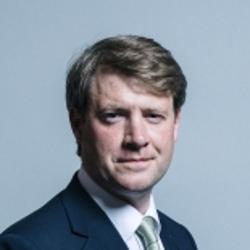Electricity Generation
(asked on 14th May 2019) - View SourceQuestion to the Department for Business, Energy and Industrial Strategy:
To ask the Secretary of State for Business, Energy and Industrial Strategy, what assessment he has made of the financial sustainability of retaining synchronous synchronous generation capability to provide restoration capability to the National Grid.
The Electricity System Operator, (NGESO) has a legal obligation to provide a capability to restore the electricity system in the event of its total or partial failure.
Under a new regulatory framework introduced in 2017, NGESO is required to submit on an annual basis, a Restoration Strategy, which outlines how restoration will be achieved in the short, medium (one to three-year time horizon) and long-term (beyond three years), as well as a Procurement Methodology, which outlines how this approach will be delivered.
The Government regulator for gas and electricity markets, Ofgem, is responsible for considering these methodologies and determining whether these are sufficient, efficient and cost-effective.
In order to ensure that GB’s restoration capability evolves in line with the decarbonisation and decentralisation of the electricity system, NGESO is undertaking a project to develop and demonstrate new approaches to restore the electricity system from Distributed Energy Resources. This will reduce the reliance on large, thermal, synchronous generation for restoration services and increase competition in the market to deliver cost and carbon emissions reductions.

